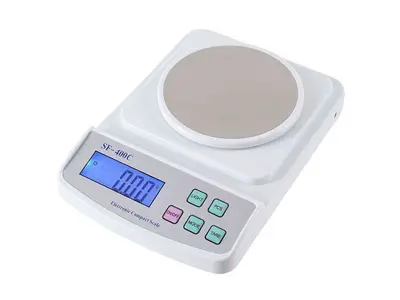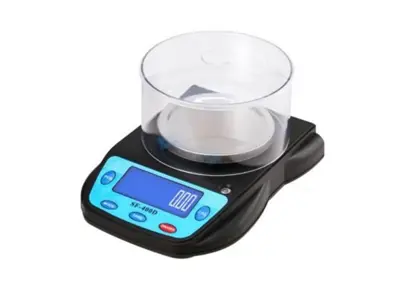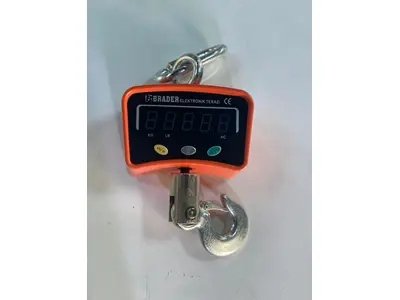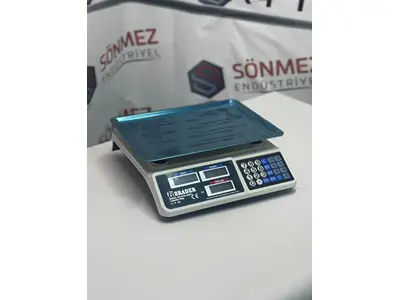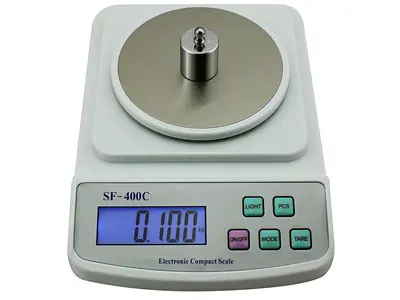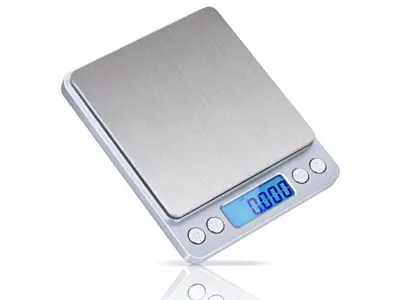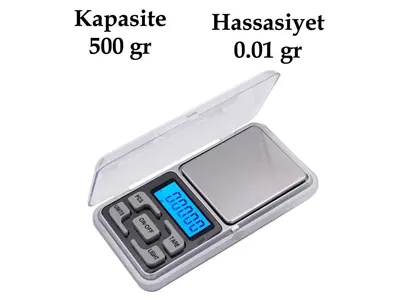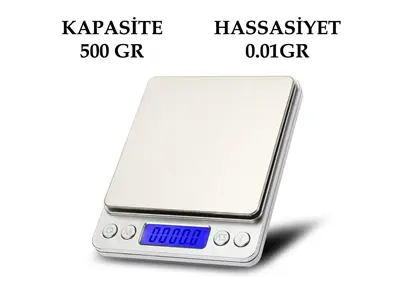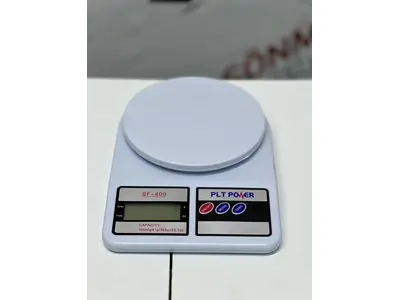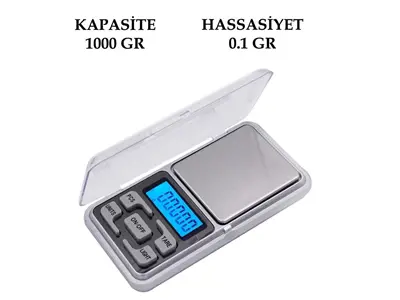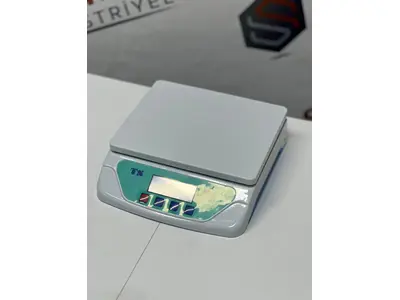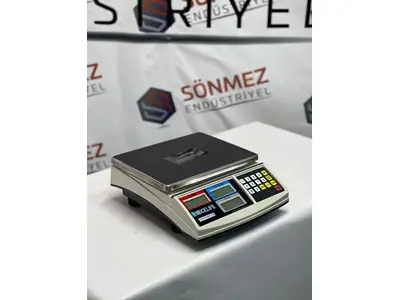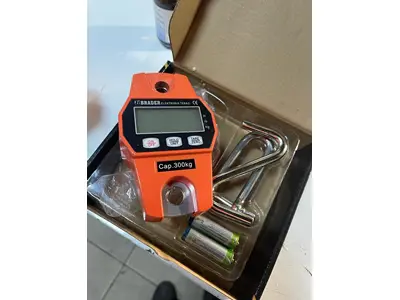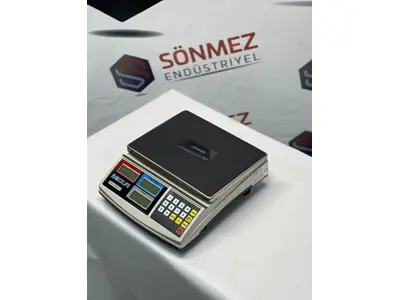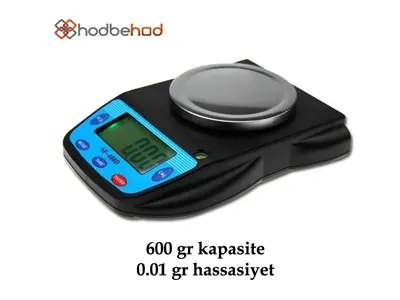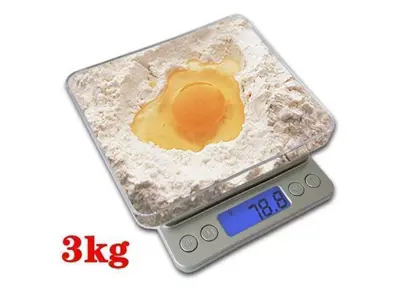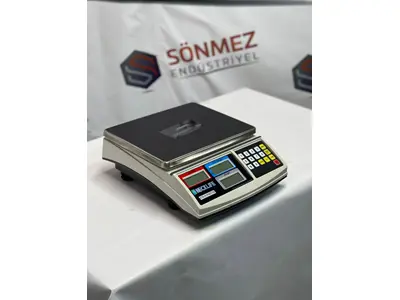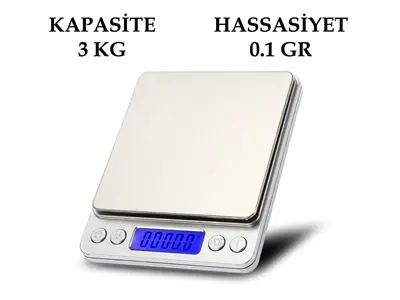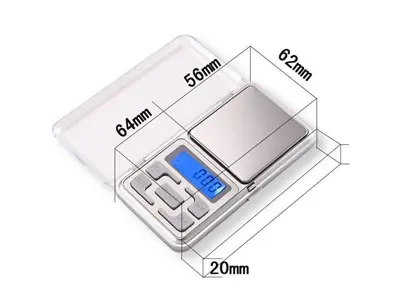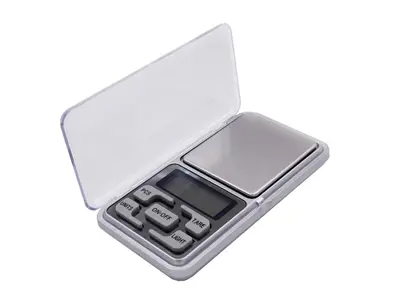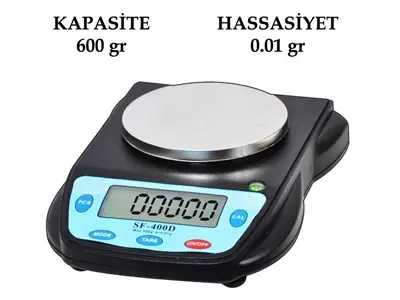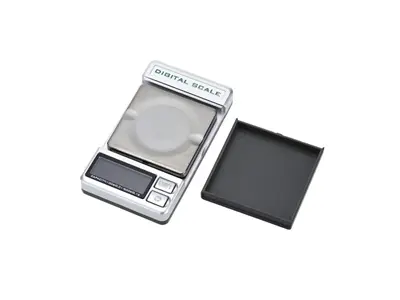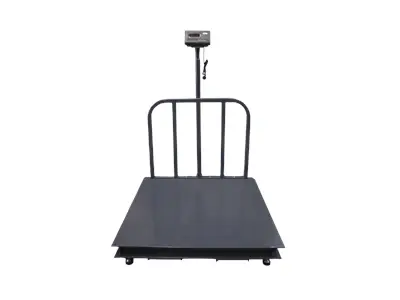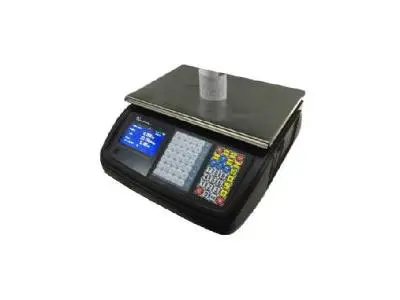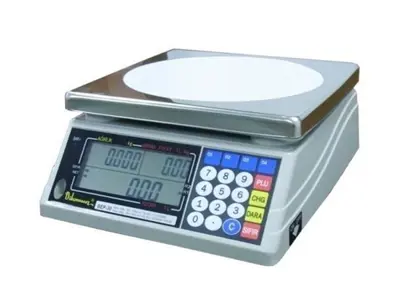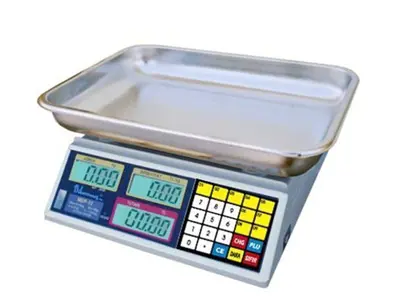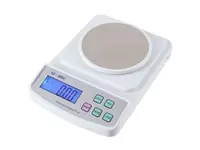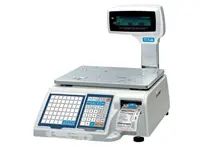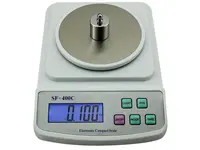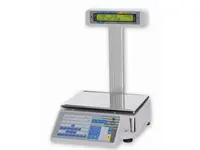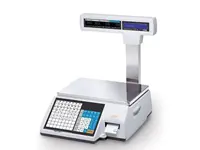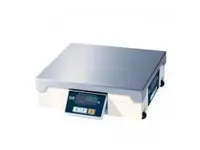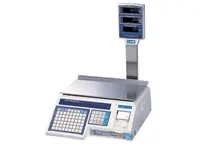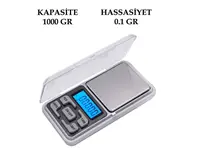Scale Popular Products
What is a Scale and What is It Used for?
A scale is a measurement tool generally used to measure and balance the weights of objects. Scales are used for various purposes in different fields, from trade to industrial productions. There are basically two types of scales, analog (mechanical) scales and digital scales.
Analog scales provide balance using physical mechanisms like springs or arms. In beam scales, the weight of the object is shown on a unit of measurement by the movement of the mechanism that provides balance. These types of scales are also called traditional scales. Digital scales, on the other hand, measure the weight of the object using electronic sensors and display the result on a digital screen. Digital scales have the advantage of obtaining more precise results and performing measurements quickly.
Scales are commonly used in trade, industry, laboratories, and homes. In trade, buying and selling transactions are carried out based on the weight of products. In industry, scales are used to determine the correct weights of raw materials, products, or packaging, and to ensure quality control. They are used for precise measurements and experiments in laboratories. In homes, scales can be used for purposes such as making accurate measurements in recipes, weighing mail or packages, etc.
Scales are important tools to make accurate and reliable measurements and they are functionally used in many different fields.
What are the Types of Scales and Where Are They Used?
- Commercial Scales:
Retail Scales: Used in supermarkets, grocery stores, and other retail businesses to show and price products' weights as barcode or non-barcode scales to customers.
Industrial Scales: Used in factories, warehouses, and production facilities to accurately measure and control the weights of materials.
- Laboratory Scales:
Microbalances: Used in laboratories for very precise measurements. They are commonly used in chemistry, biochemistry, and other scientific research.
Semi-microbalances: Used for general lab procedures. In fields such as pharmaceuticals, food, and research, semi-microbalances are preferred.
- Medical Scales:
Hospital Scales: Used in hospitals to measure and track patient weights. They include bed scales, baby scales, among others.
Personal Health Scales: Used for personal weight tracking at home.
- Kitchen Scales:
Food Scales: Used to make precise measurements in recipes and control the weight of foods.
- Transportation and Logistics Scales:
Weighbridges: Used to weigh the loads of trucks and vehicles in the logistics and transportation sector. They are important for logistics and transportation businesses.
- Gold and Jewelry Scales:
Jewelry Scales: Used by jewelers to measure the weights of jewelry and precious metals accurately.
- Animal Scales:
Livestock Scales: Used on farms and veterinary clinics to measure and track the weights of animals.
- Elevator Scales:
Used to determine the weights of heavy loads. They are preferred in warehouses, factories, and the transportation sector.
These types show how scales are used for different purposes and needs. Each type of scale is designed according to measurement accuracy, carrying capacity, and intended use.
What is the Operating Principle of a Scale?
The operating principle of scales is based on the concepts of weight and balance. The main purpose of a scale is to bring an object to balance with its own weight and measure the weight of the object at this balance point. The scale compares the weight of the object with another unit of measurement. Here are the basic steps of how scales work:
- Creating a Balance Point: The scale consists of a platform or arms where the object is placed. The platform or arms are at equal distances and heights on both sides of the scale. In the initial stage, the scale is either empty or in an unbalanced state.
- Placing the Object: The object is placed on one side of the scale. The weight of the object pulls this side of the scale down, disrupting the balance.
- Comparison and Adjustment: Weight measurement units (usually weight blocks or a spring mechanism) are placed on the other side of the scale. These measurement units counteract the weight on the other side of the object. Weight blocks are added or removed to bring the scale back to balance.
- Reaching Balance: By slowly adding or removing weight blocks, the scale is sought to balance. At the balance point, the scale platform or arms are horizontal and support the weight of the object with an equal force.
- Reading the Measurement: When the scale reaches balance, the user reads the total weight of the weight blocks or sees it on the digital screen of digital scales. This reading indicates the weight of the object.
The operating principle of scales is based on these steps. More precise scales may use mechanical springs or electronic sensors to measure weight. Electronic scales process sensor data digitally and can produce more precise results.
What Are the Prices of Scales?
The prices of scales can vary greatly depending on their diversity, measurement accuracy, carrying capacities, and intended uses. Different types and brands of scales are offered in different price ranges. Commercial scales, laboratory scales, kitchen scales, and other types of scales can have different price ranges. The prices of precision scales and scales used for industrial purposes are not the same. Laboratory scales are generally more precise and expensive. More precise scales usually come at higher prices. Analytical scales used in laboratories, which have very high precision, can be more costly. The carrying capacity of scales determines the maximum weight they can measure. For example, there is a price difference between a 30 kg scale and a 150 kg scale. Higher carrying capacity scales are generally more expensive, and well-known and reliable brands usually come at higher prices. These brands generally offer better quality and durability. Some scales may have additional features such as digital displays, data recording, and connectivity options. These features can affect the price of the scale. In short, the type of scale and its intended use, measurement accuracy, carrying capacity, brand and quality differences, and additional optional features can affect scale prices. Analog vs. Digital: Digital scales can be sold at higher prices compared to analog scales. Digital scales provide more precise results and generally have more functionality. By researching and comparing prices and asking any questions you may have, you can purchase the most suitable scale for you by visiting our website.
